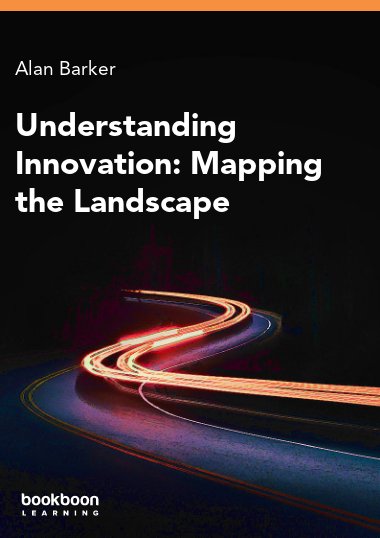The ability to innovate is unique to humans. No other animal has the cognitive flexibility to imagine new ideas and translate them into workable solutions. And this skill is needed now more than ever. How did this ability evolve? When and where does innovation flourish? The landscape of innovation explores the evolutionary roots of creativity, the social circumstances in which innovation can take root, and how we can put knowledge to work in the service of innovation. Understanding what makes us innovative can help us create radically new solutions, new enterprises – and a better world.
About the author
Alan Barker is an author, trainer and coach specialising in creativity, problem-solving and communication skills, with a particular interest in language. He has published over 25 books and ebooks, and has worked with managers on every continent except (so far) Australia and Antarctica. He is an affiliate of the Chartered Institute of Marketing and a member of the European Speechwriter Network.


